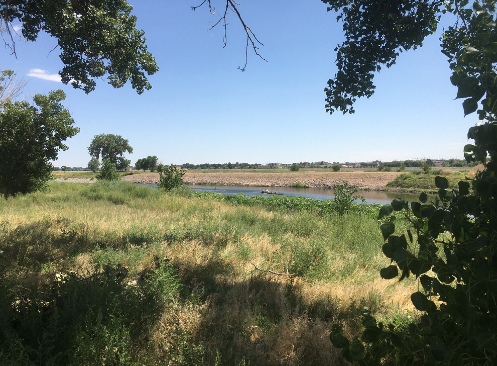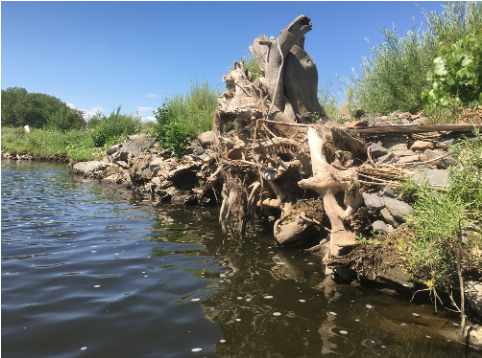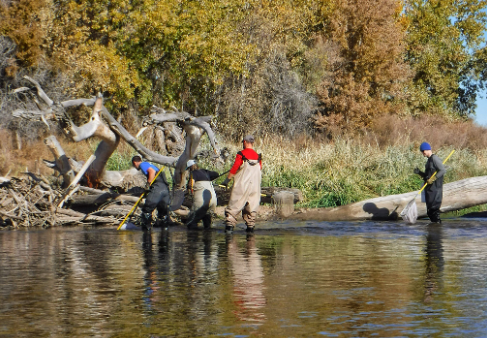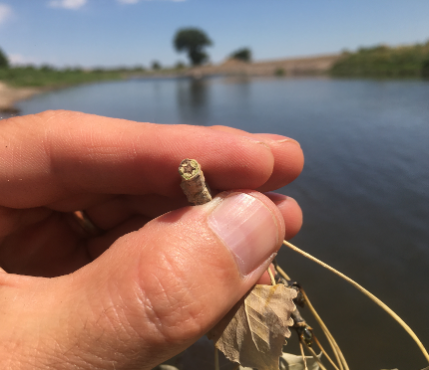
Ode to the Plains Cottonwood: Metro’s Underappreciated Partner in Improving the Aquatic Health of the South Platte River
While we certainly appreciate our Metro employees working tirelessly to recycle and return over 135 million gallons of clean water to the South Platte River every day, we’d like to take a moment to praise another underappreciated partner in protecting the aquatic health of the river: the plains cottonwood tree!
Native plains cottonwood (Populus deltoides monilifera) thrive near rivers and riparian areas throughout Colorado’s eastern plains and can be found all along the South Platte River. These trees can grow to more than 80 feet tall and provide critical ecosystem benefits to the river corridor including enhanced wildlife habitat, streambank stabilization, erosion control, and improved water quality.
Although plains cottonwoods are fast-growing trees, they do not live as long as other trees do. Fortunately, they continue to provide benefits long after they die. Large woody debris in the river, particularly fallen cottonwood root wads and snags, provide protective cover for fish and an organic substrate for macroinvertebrates and aquatic vegetation, both of which are nutrient sources for native fish species. Additionally, they can shade the river which helps maintain appropriate water temperatures, shield fish from direct sunlight, and provides refuge from predators.


In fact, Metro has incorporated dead cottonwood trees in every phase of our instream habitat improvement projects. By anchoring these dead cottonwoods into the streambank and riverbed, we provide critical microhabitats for native fish species including fathead minnows, sand shiners, longnose dace, white suckers, longnose suckers, green sunfish, creek chub, Iowa darters and Johnny darters.
Each time Metro’s Water Quality Division employees conduct field work along the river, their appreciation for these giant trees grows. In Summer, the millions of cotton-like seeds released by the female trees cause a “snowstorm” in June. In the fall, the golden leaves of the cottonwoods rustle in the wind and provide a perfect shady retreat to sit down and count fish during our annual electrofishing surveys. In winter, winds snap cottonwood twigs, revealing hidden stars inside the bud scale scars while we wade in icy waters to retrieve temperature data loggers. These are the moments the team savors. Cottonwoods provide a brief break from the stresses of daily life and remind us of the beauty of the seasons and the magic all around us.
Interested in South Platte River habitat improvements? Visit https://www.metrowaterrecovery.com/innovations/south-platte-river-improvements/.


